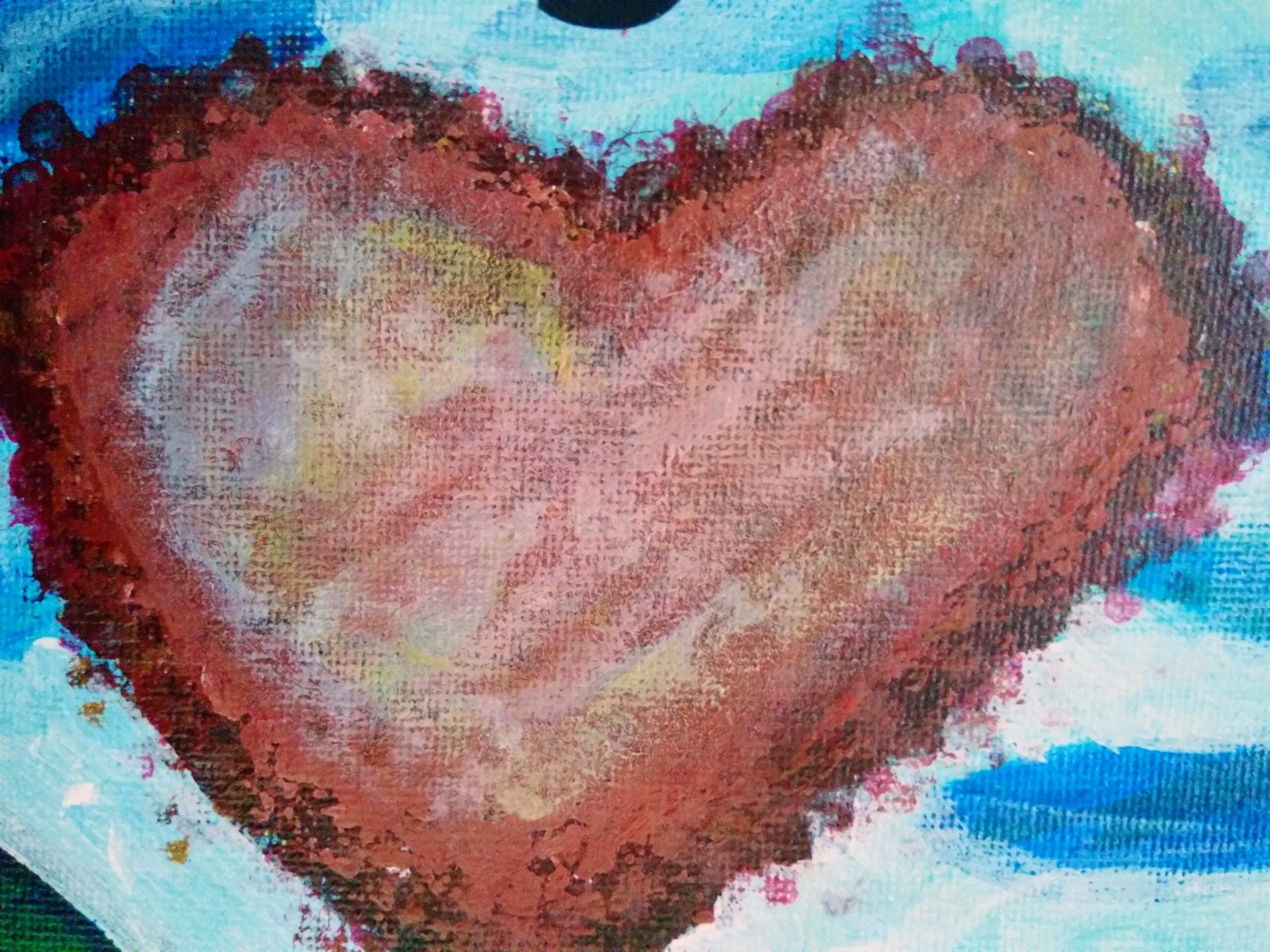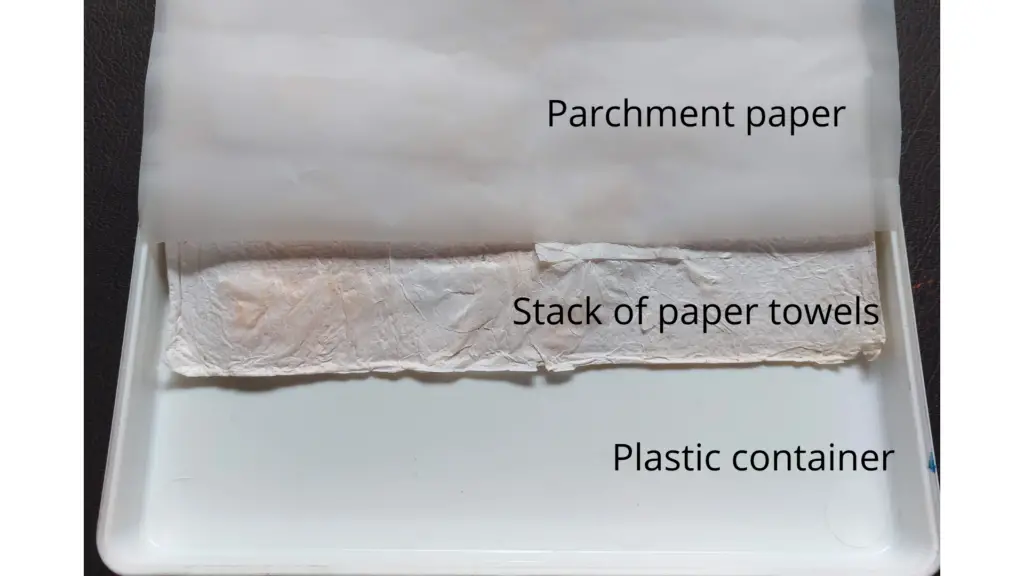As an acrylic artist, there’s nothing quite as frustrating as realizing that you’ve overworked your acrylic painting. Maybe you were trying to blend colors, or perhaps you just got carried away with your brushstrokes. Whatever the reason, the result is a painting that doesn’t look quite right. But don’t worry, there are ways to fix overworked acrylic paintings.
To fix an overworked acrylic painting, first, identify areas that need reworking, and remove excess paint with a scraper or sandpaper and a damp rag. Build up transparent glazes and/ or opaque paint layers to restore color vibrancy and add depth. Finally, seal with a protective varnish.
With a bit of patience and some trial and error, you can successfully fix overworked acrylic painting and create a painting that you’re happy with. In this article, We will walk you through the most effective ways on fixing your overworked acrylic painting.
How to identify an overworked acrylic painting
It can be difficult to know if you’ve overworked an acrylic painting, but there are a few signs to look out for:
- Muddiness: If the colors in your painting look dull and muddy, it could be a sign that you’ve overworked the paint.
- Loss of clarity: If the lines and details in your painting start to blur and become less defined, you may have overworked the paint.
- Too much-unintended texture: If there is too much-unintended texture, lumps, and dents and the surface of the painting is too uneven, it could be a sign that you’ve applied too many layers of paint.
- Difficult to make changes: If you find that it’s difficult to make any changes to the painting without starting over, it could be a sign that you’ve overworked the acrylic painting.
- Feeling frustrated: If you start to feel frustrated and stuck with the painting, for a long time it may be a sign that you’ve overworked the painting for too long and need to step back.
If you notice any of these signs, it’s best to take a break and reassess your painting. It may be helpful to get some feedback from other artists or take a photo of your painting and look at it from a different perspective. Sometimes you may have to start over in some areas of the painting.
Below is one of my paintings that I have overworked. It is one I have done to experiment with a new painting technique using cotton swabs. The technique did not work out great and I keep overworking on the painting, changing colors, and painting over the areas I used the cotton swabs.
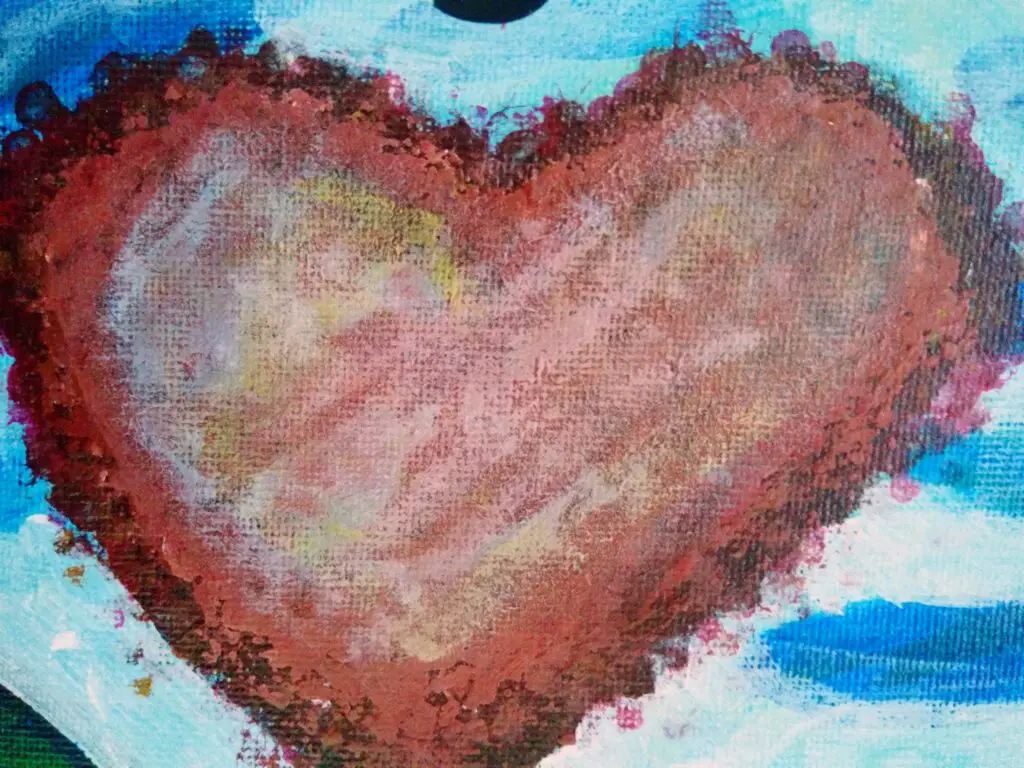
After overworking on my heart-shaped tree I decided it is time to stop and take a break. However, I could always start over with this painting, because acrylic paint is so forgiving. Later I got to know some cool tips and tricks you could use on your overworked acrylic painting. Below I will be sharing them with you also.
How to fix an overworked acrylic painting
If you have overworked an acrylic painting, don’t worry. There are plenty of fixes. In fact, below I have laid down the exact steps you need to follow the minute you realized that you have overworked your acrylic painting.
Step 1: Assess the damage
The first step in fixing an overworked acrylic painting is to assess the damage. Look closely at the painting and identify the areas that need to be fixed. Take note of any muddiness, loss of detail, uneven surface, or other issues.
Step 2: Scrape or sand off excess paint
If there is excess paint on the canvas, use a palette knife to scrape it off, revealing the layers underneath. Then wipe it off with a piece of clean cloth to clean it. This will help create a more even surface and reduce the appearance of uneven texture. You can do this step with either wet paint or dry paint.
You can also use fine-grit sandpaper for this purpose as well. Take a piece of light grit sanding paper, and sand the overworked area gently, try not to damage the canvas. Once you’re done with sanding use a damp tissue and clean the sanded area to remove all the dust particles.
Step 3: Let the acrylic paint dry
Now, it is time to let the painting dry completely. This will help prevent any further issues and allow you to work on a clean surface that will not interfere with new paint layers to be added.
Step 4: Work on specific areas
Instead of trying to fix the entire painting at once, focus on the specific areas that need attention. This will help you avoid making the problem worse and make it easier to fix the issue.
Step 5: Add more layers
If the painting looks dull or muddy, add more layers of paint to bring back the vibrancy. Use thin transparent glazes or opaque paint layers for this purpose. Make sure to let each layer dry completely before adding another.
Using glazes
If the painting has lost its clarity, try adding thin glazes of color to restore definition and depth. This will also help create a cohesive look and feel to the painting.
Using opaque paint layers
Sometimes thin glazes of paint will not fix the overworked acrylic painting. Maybe not in all of the overworked areas. In this case, you will have to paint an opaque paint layer on top of the overworked area and start over.
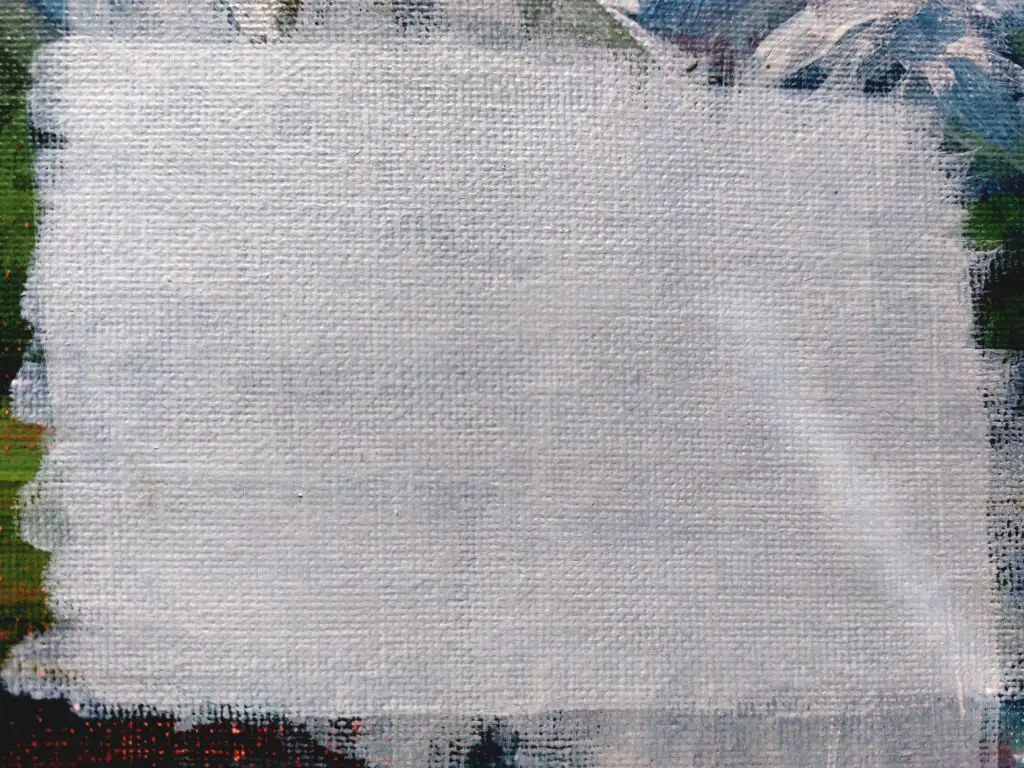
When the painting is fully dried apply a light layer of artist-grade titanium white over the area. You can also use white gesso or any matching opaque shade as well. In this case, it will completely erase the overworked area.
Step 6: Take regular breaks
Throughout the process of fixing an overworked acrylic painting, it’s important to take breaks of maybe a day or two and step back to gain a fresh perspective. This will help prevent frustration and help you see the painting in a new light.
Step 7: Transform your painting completely into something new
With a new fresh perspective, you may even identify that your painting could be reworked as a mixed-media artwork or abstract art. If you decided so here is a little note on how to do it.
Reworking as a mixed media artwork
To rework an overworked acrylic painting as a mixed media painting, start by preparing the surface with light sanding and applying gesso. Choose materials that complement or contrast the existing colors and textures, such as collage papers, fabric, and found objects.
Use a combination of paint and mixed media materials to build up layers, adding texture and dimension with tools like palette knives or stencils. Experiment with different techniques like dripping or splattering paint and layering different materials.
Some materials that you will need to have for mixed-media artwork other than acrylic paint are decoupage, foam brushes, stencils, heat gun, crayons, pens, etc. You can get these materials for the best price at Blick.
Step back frequently to evaluate the progress and balance the composition. With these steps, you can transform an overworked acrylic painting into a unique and visually interesting mixed-media artwork.
Reworking as an abstract art or abstract background
To make an abstract background with an overworked acrylic painting, start by choosing a color scheme that complements or contrasts with the existing colors of the painting. Use a palette knife or brush to add layers of paint to the surface, creating texture and depth.
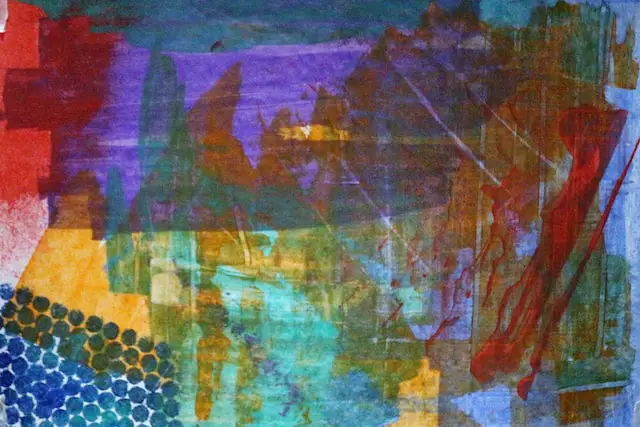
Experiment with techniques like dripping, splattering or scraping paint to create interesting patterns and marks. Use stencils or other tools to add shapes or designs to the background. Step back frequently to evaluate the progress and adjust the composition as needed. With these steps, you can turn an overworked acrylic painting into a dynamic and visually striking abstract background.
I have written a whole article about fixing a messed-up acrylic painting. You will learn the best ways of fixing acrylic painting mistakes in each situation as well as what works the best and what doesn’t work well there.
How to avoid overworking an acrylic painting
It is important that we know how to avoid overworking an acrylic painting. Below are a few tips you can follow.
- Plan your painting: Before you start painting, plan out the composition and color scheme to avoid making too many changes later on. After planning you can do the sketch. If drawing is too difficult for you, you can trace out the composition.
- Work quickly: Acrylic paint dries very quickly, so work efficiently and quickly to avoid overworking the paint. You can mist water on the paint to keep it wet. However, I highly recommend you use a stay-wet palette. It will keep your paint nice and wet for a long time.
- Use a limited color palette: Using too many colors can lead to overworking the painting for some artists. In this case, you can stick to a limited color palette to keep things simple. However, this is not relevant to all artists, because some artists pull out amazing artwork with a wider color palette.
- Paint in layers: Instead of trying to create the perfect painting in one go, paint in layers, allowing each layer to dry before adding more. This will help you avoid overworking the paint and keep the painting looking fresh. When painting in layers with acrylic paint there is always this ‘unappealing’ stage to the painting with just blocks of colors. That is usual with acrylic painting. You will only see the beauty of an acrylic painting at the finishing stages after adding all the details.
- Step back and take breaks: Sometimes, when you’re too close to a painting, it’s hard to see the bigger picture. Step back and take breaks to gain a fresh perspective and avoid overworking the painting.
Is there a way to rehydrate acrylic paint?
Acrylic paint can be rehydrated as long as there is at least a hint of moisture left in the paint. Slowly add water, a few drops at a time, and mix well to reactivate or rehydrate acrylic paint. If the acrylic paint is fully dried especially in thin layers, it cannot be reactivated.
I have written a whole article about ‘How to reactivate dried acrylic paint? (Is it possible?)‘. You will find more details on reactivating acrylic paint, as well as what not to do when reactivating acrylic paint.
Conclusion
In conclusion, fixing an overworked acrylic painting may seem daunting, but with a little patience and effort, it’s possible to bring your painting back to life. Remember to assess the damage, scrape off excess paint, let it dry, work on specific areas, add more layers, use glazes, and take breaks. With these tips and techniques, you’ll be able to salvage your painting and create a beautiful work of art.

